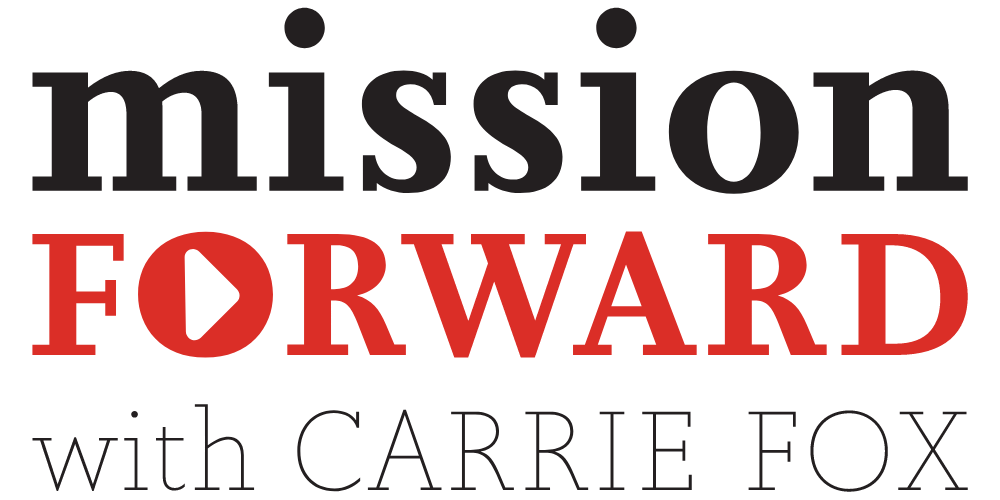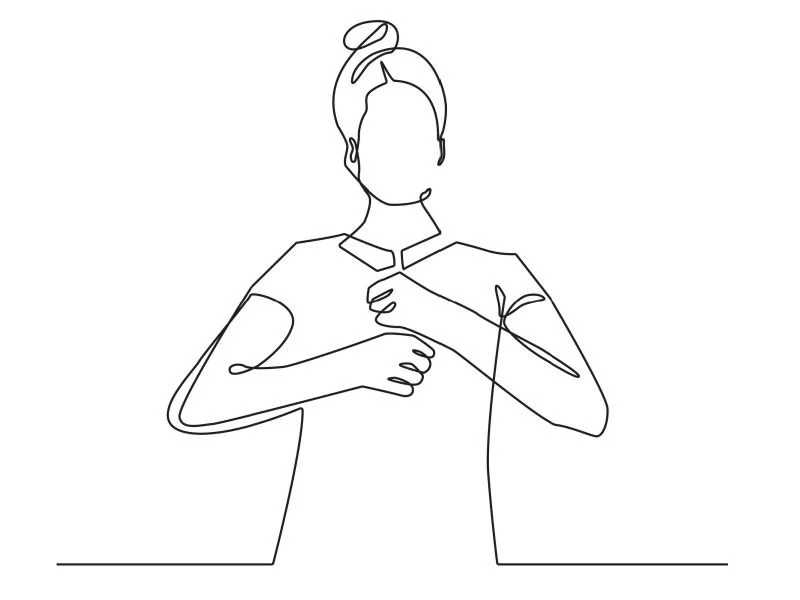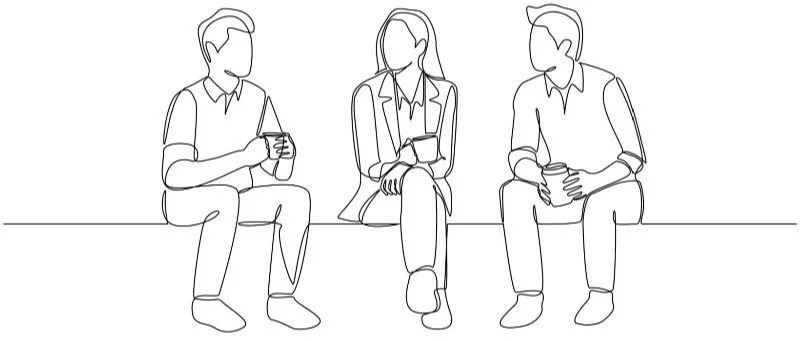Did You Hear That?
This article is part of Finding the Words, a newsletter that delivers practical insights on the day’s issues.
Shortly after the COVID-19 pandemic began, I was on a call with a group of foundation presidents discussing ways to communicate a public health message to their broad set of constituents. The conversation started as you might expect, with various ideas being shared, followed by a discussion to explore some of the stickier ideas. And then, one of the presidents popped in and emphatically recommended, “I process information best visually, so I think we should prioritize visuals in this message.”
Sure, on the surface, the idea of delivering a visual message was a good one. Multimedia content is known to be more engaging across cultures and platforms. But it was how this recommendation was made that stuck with me. In this case, the video was the solution that felt most natural and compelling for this person, someone who did not represent the audience or have any shared lived experiences with them. And, they were adamant that this solution was the best solution.
This little exchange stuck with me as a reminder of how quickly we make recommendations for improving communication without ever getting close to the subject.
It’s natural to share an idea or move the team in a direction that most comfortably aligns with your experiences. The important distinction, if you wish to be a communicator for change, is knowing the difference between offering ideas that work for you and offering ideas that meet your audience where they are.
How might this audience have preferred to receive the message? In what language? On what platform? Too often, I hear, “We don’t have the resources to do that kind of research, so we’re going to do the best we can.”
The reality is most of us are just too far from the story we’re trying to tell even to know the answer.
I’m sure you can relate. Pause here for a moment and think of a time when you felt unsure of how to proceed with an important communication to your own constituents.
Now, consider what if:
• What if you reached out to a few colleagues to explore individual or small group conversations on key topics rather than diving into a large group conversation?
• What if you led a listening session with a few interested colleagues rather than facilitating a large group discussion?
• What if you didn’t wait until you had all the answers but explored those answers together with your colleagues?
What change might start to take hold as a result?
Bottom Line: Find ways to get closer to the users of your content, and when you get there, listen carefully. That closer listen will always be worth it.
This post is part of the Finding The Words column, a series published every Wednesday that delivers a dose of communication insights direct to your inbox. If you like what you read, we hope you’ll subscribe to ensure you receive this each week.







